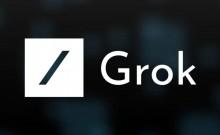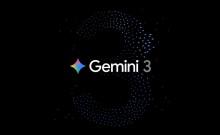A radical technological development of its kind promises a future where all the files in your computer could be saved for generations by converting them into tiny DNA strips.
A study led by Dr. Nick Goldman of the European Bioinformatics Institute suggests that there is now a better way to store data than the conventional DVDs, flash drives and on-line storage sites. Since DNA last for millennia, all photos, videos, films and TV programmes that describe the present generation could be preserved on strips of DNA for the most distant descendants.
An MP3 containing Martin Luther King's "I have a Dream" speech was tested by converting it into a DNA code. The code was sent to a company which used an inkjet printer-like device to produce a "synthetic human material." The scientists received a tiny piece of dried and frozen DNA, which was then twisted back into binary and opened using the Institute's own computers.
Although its a strange way of storing the "I have a Dream speech" in a computer, it also means that the code, if retained in "DNA," could be preserved for thousands of years. With ever growing electronic data in existence today, amounting to about three zettabytes (3000 billion, billion bytes), this technological breakthrough would enable an enormous quantity of data to be stored in a handful of molecules. Scientists have also recorded Shakespearean sonnets on these DNA strips.
Dr. Nick Goldman of the European Bioinformatics Institute near Cambridge says that DNA is a robust way to store information "because we can extract it from the bones of woolly mammoths. It's also incredibly small, dense and does not need any power for storage, so shipping and keeping it is easy."
The work done by Dr. Goldman's team will be available for use within 20 years, although questions are already being posed as to what would happen if we were to misplace the DNA code containing every bit of our information, data, photos and videos.












